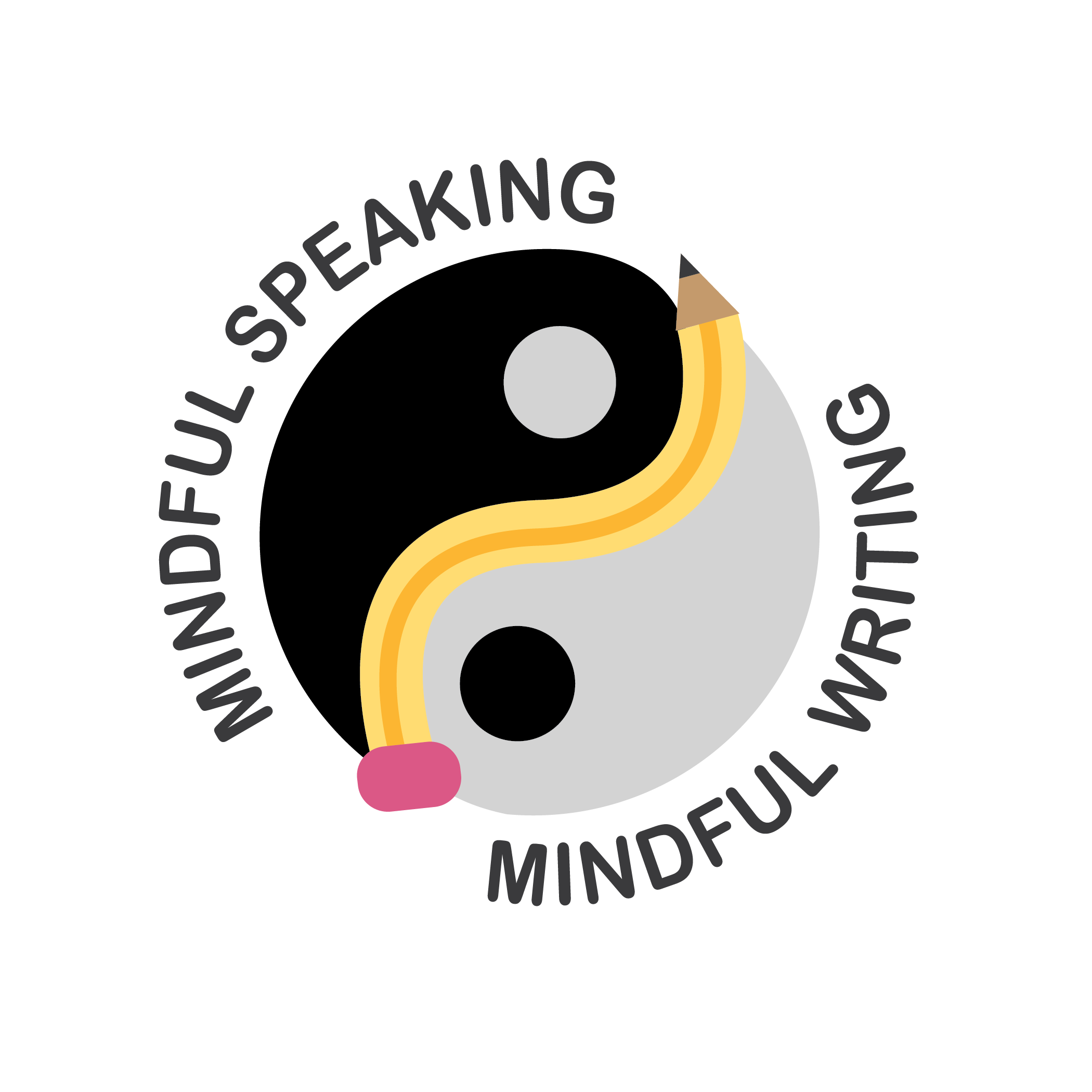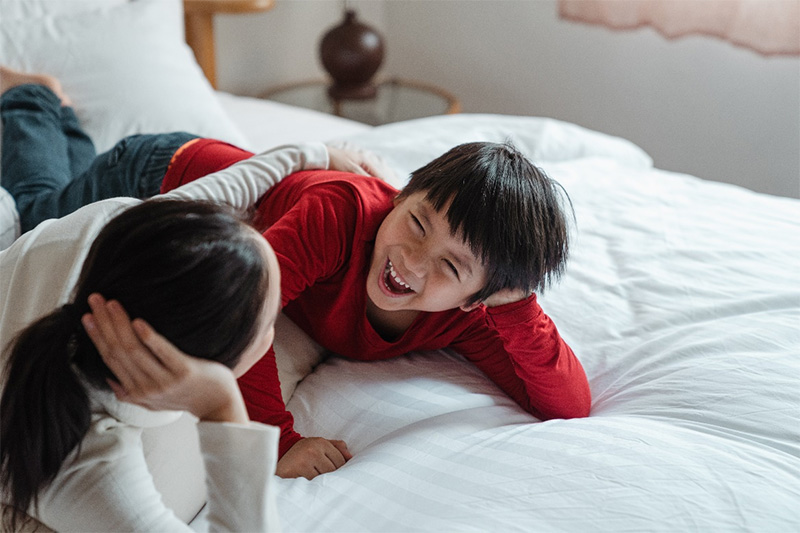A vital part of Mindful Conversation is communicating effectively with children. We have a guest blog on this topic, by Sybil Grace River. Sybil is currently pursuing further studies, specializing in child psychology. Aside from being a reading volunteer at her local literacy organization, she hopes to one day write a children’s book of her own.
IMAGE CREDIT: Pexels
When communicating with fellow adults, we tend to balance our roles between speaking and listening. But many of us fail to apply the same treatment to children. Even when a child’s development milestones points to the progressive ability to converse with us back and forth, children are often relegated to being the listeners and receivers of information. As parents and adults, we focus on instructing them, giving them reminders, or even correcting their behavior.
If we truly want our children and our relationship with them to grow, it’s important that we do not always dominate the space of conversation and instead learn to listen, which contributes to various aspects of their development and well-being.
Develops children’s self-esteem
We all know how it feels special for someone else to take interest in what you have to say. In the same light, listening empowers children to be confident and believe in themselves because we devote time and attention to what they have to say instead of treating them as an afterthought.
When we listen to children, it sends them a message that we value their thoughts and views about the world. As they develop their self-esteem and confidence early on, they eventually grow to trust the steps they take and the decisions they make in their lives.
Improves children’s language skills
On a more cognitive level, listening to children gives them the opportunity to practice the words and expressions they have learned and acquired instinctively. Allow them to lead the conversation and share what happened while they were at school, or even just to express what they’re thinking or feeling at the moment.
During these conversations, there may be instances where a child uses the wrong word or takes a long time to tell their story. But to listen carefully also means to hold ourselves back from correcting or interrupting them. By opting for nonverbal affirmations like eye contact or nodding, we can wait for the right time to respond and then build the conversation off of what they said.
Ensures children’s safety and security
The more we make a habit out of listening to children in our day-to-day lives, the easier it will be to have more serious and difficult conversations with them. For example, child custody cases involve looking for cues that indicate the quality of a child’s relationship with their parents. Children who are listened to will thus feel comfortable sharing information about their family or even expressing their preference for one parent over the other.
While parent preference is not the only governing factor for custody cases, listening to what the child has to say can still help the court make a more informed decision that protects the child’s best interests. A child whose feelings are regularly taken into account during conversations will also be able to convey if something is wrong or if they need help, which is helpful for detecting cases of trauma or child abuse.
Allows us to build meaningful connections
While active listening involves tuning in to what is being vocally expressed, it tends to ignore what is left unsaid yet equally important to the conversation. Fostering active and mindful conversations with children thus includes tapping into the power of touch and gestures.
This can range from communicative enhancers like a genuine smile to let the child know we are interested in what they have to say; to physical affection like a comforting hug after a child shares a negative feeling or experience. Mindful conversations strengthen our bond and connection with children as we make room for both the spoken and unspoken.
Ultimately, listening to children in mindful and meaningful ways takes practice and patience. In the process, we get to learn more about our personal capacity for attention and care, our children’s interests and personalities, and how we can improve our relationships with one another.
Piece contributed by Sybil Grace River
for petergibb.org


Connect With Me